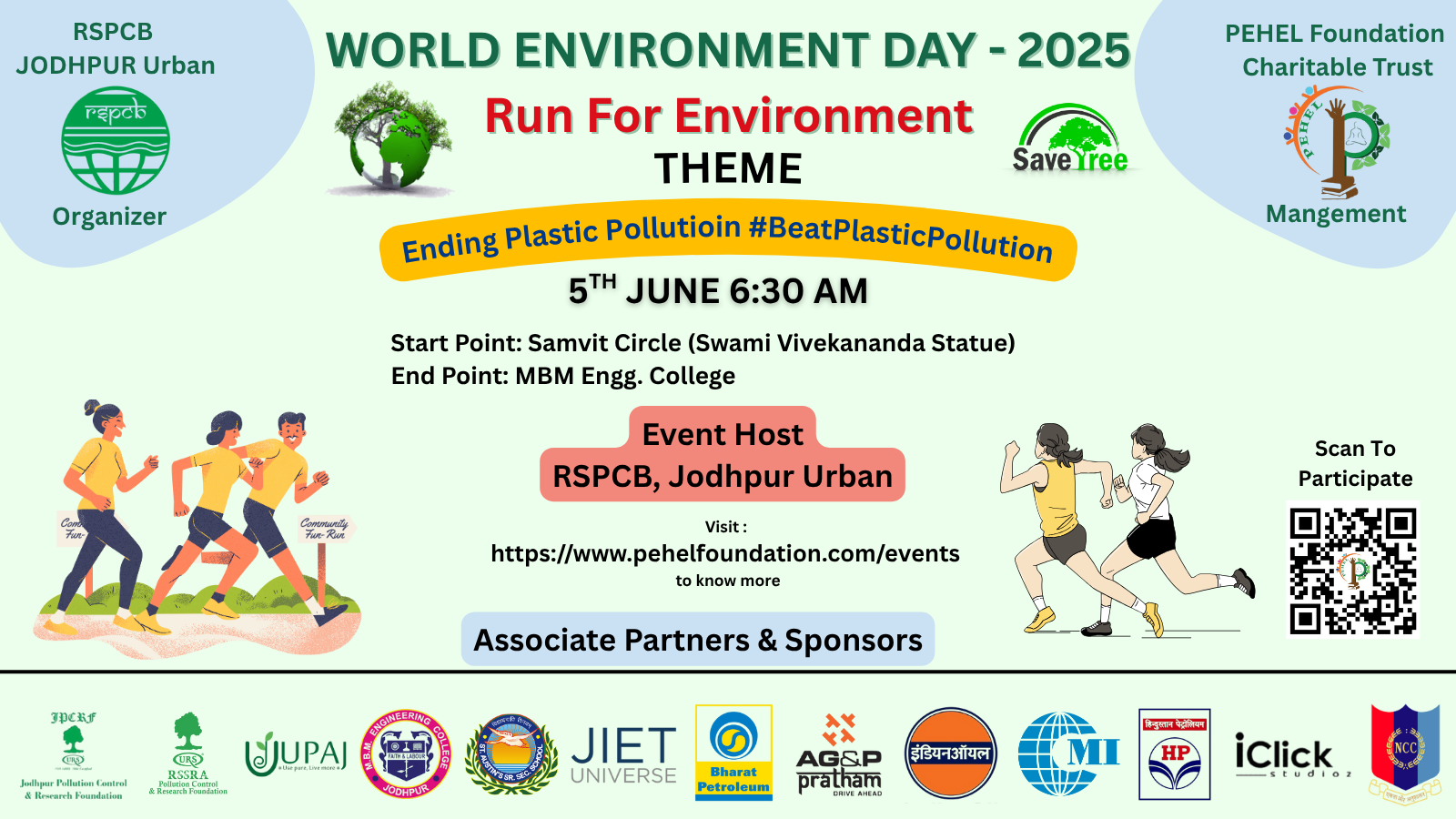FERTILIZER
Fertilizers: Enhancing Soil Fertility and Agricultural Productivity
Introduction
Fertilizers play a crucial role in modern agriculture by replenishing essential nutrients in the soil, thereby enhancing plant growth and crop yields. With the increasing global demand for food, fertilizers have become indispensable in ensuring food security. However, their use requires careful management to avoid environmental degradation and soil fertility depletion over time.
Types of Fertilizers
Fertilizers can be broadly categorized into organic and inorganic (synthetic) fertilizers. Each type has its advantages and disadvantages, making their appropriate selection essential for sustainable agriculture.
1. Organic Fertilizers
Organic fertilizers are derived from natural sources such as plant residues, animal manure, compost, and biofertilizers. They improve soil structure, enhance microbial activity, and provide nutrients in a slow-releasing manner.
-
Manure: Animal waste such as cow dung, poultry litter, and pig manure are rich in nitrogen, phosphorus, and potassium, crucial for plant growth.
-
Compost: Decomposed organic matter improves soil aeration, retains moisture, and provides essential nutrients to crops.
-
Bone Meal: Rich in phosphorus, bone meal supports root development and flowering in plants.
-
Green Manure: Cover crops, such as legumes, are grown and plowed back into the soil to enhance nitrogen content.
-
Biofertilizers: Microorganisms such as Rhizobium, Azotobacter, and Mycorrhiza help fix nitrogen and improve nutrient absorption in plants.
2. Inorganic (Synthetic) Fertilizers
These fertilizers are chemically synthesized and provide nutrients in precise quantities, making them highly effective for large-scale farming.
-
Nitrogen Fertilizers: Essential for leaf and stem development, examples include urea, ammonium sulfate, and calcium nitrate.
-
Phosphorus Fertilizers: Aid in root growth and flowering, with examples such as superphosphate and diammonium phosphate (DAP).
-
Potassium Fertilizers: Improve disease resistance and fruit quality, commonly found in potash fertilizers like potassium chloride and potassium sulfate.
-
Compound Fertilizers: Contain a mix of nitrogen, phosphorus, and potassium (NPK) to provide balanced nutrition.
Benefits of Fertilizers
The use of fertilizers provides several benefits, including:
-
Enhanced Crop Yields: Fertilizers replenish depleted nutrients, leading to increased agricultural productivity.
-
Improved Soil Fertility: Organic fertilizers enhance soil organic matter, improving soil structure and water retention.
-
Fast Nutrient Availability: Synthetic fertilizers provide immediate nutrition to plants, ensuring rapid growth.
-
Cost-Effectiveness: Fertilizers allow farmers to achieve higher yields on limited land, maximizing agricultural profitability.
-
Reduced Dependency on Natural Soil Fertility: Fertilizers compensate for nutrient depletion caused by continuous farming.
Environmental Impacts of Fertilizer Use
While fertilizers contribute significantly to agriculture, their excessive and improper use can lead to environmental concerns, including:
-
Soil Degradation: Overuse of synthetic fertilizers can lead to soil acidification, loss of organic matter, and reduced microbial diversity.
-
Water Pollution: Runoff from fertilized fields can cause nutrient leaching into water bodies, leading to eutrophication and harmful algal blooms.
-
Air Pollution: The volatilization of nitrogen-based fertilizers releases greenhouse gases such as nitrous oxide (N₂O), contributing to climate change.
-
Loss of Biodiversity: High fertilizer application rates can negatively impact soil organisms and disrupt natural ecosystems.
-
Health Risks: Excessive nitrate accumulation in drinking water can pose health risks such as methemoglobinemia (blue baby syndrome) in infants.
Sustainable Fertilizer Management Practices
To balance the benefits and risks of fertilizer use, sustainable agricultural practices must be adopted:
-
Integrated Nutrient Management (INM): Combining organic and inorganic fertilizers enhances soil health while optimizing crop yields.
-
Precision Farming: Using advanced technologies like soil testing, GPS, and variable rate application minimizes fertilizer wastage and environmental impact.
-
Controlled-Release Fertilizers: Slow-releasing fertilizers prevent excessive nutrient leaching and reduce environmental harm.
-
Crop Rotation and Cover Cropping: These practices naturally replenish soil nutrients, reducing the dependency on synthetic fertilizers.
-
Proper Timing and Application: Fertilizers should be applied at the right growth stage to maximize efficiency and minimize losses.
Role of Governments and Policies in Fertilizer Management
Governments worldwide play a significant role in regulating fertilizer use through policies and initiatives aimed at promoting sustainable agriculture.
-
Subsidies and Support Programs: Many governments provide subsidies on eco-friendly fertilizers to encourage sustainable practices.
-
Regulations on Fertilizer Application: Policies set limits on fertilizer application rates to prevent environmental damage.
-
Research and Development: Investment in research fosters the development of biofertilizers and sustainable alternatives to chemical fertilizers.
-
Education and Awareness Campaigns: Farmers are educated on efficient fertilizer use through workshops, training programs, and extension services.
Future of Fertilizers and Innovation in Agriculture
The future of fertilizers lies in adopting innovative technologies that enhance nutrient efficiency while minimizing environmental impacts. Some emerging trends include:
-
Nanofertilizers: These fertilizers deliver nutrients at a molecular level, increasing absorption and reducing wastage.
-
Biostimulants: Natural compounds that enhance nutrient uptake and plant resilience against stress conditions.
-
Soil Microbiome Enhancement: Research focuses on using beneficial microbes to improve soil fertility and nutrient availability.
-
Smart Fertilizers: Utilizing IoT and AI technologies to optimize fertilizer application in real-time based on soil conditions and crop needs.
-
Alternative Fertilizers: Exploring organic waste, algae-based fertilizers, and seaweed extracts as sustainable nutrient sources.
Conclusion
Fertilizers remain essential for global food production, ensuring sufficient nutrient supply for crops and maintaining soil fertility. However, their misuse can lead to environmental challenges, necessitating sustainable management practices. By integrating organic and inorganic fertilizers, adopting precision farming, and leveraging technological advancements, we can achieve a balance between agricultural productivity and environmental conservation. The future of fertilizers lies in innovation and responsible use, paving the way for a more sustainable and food-secure world.




